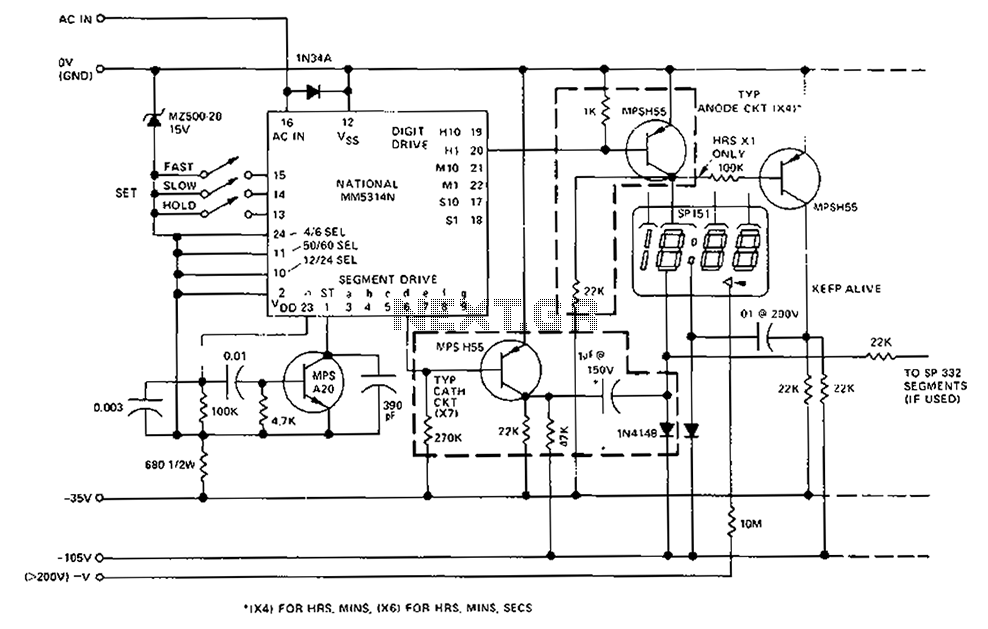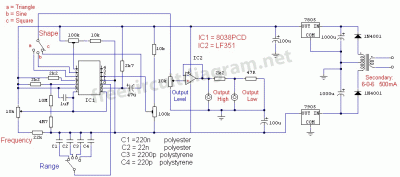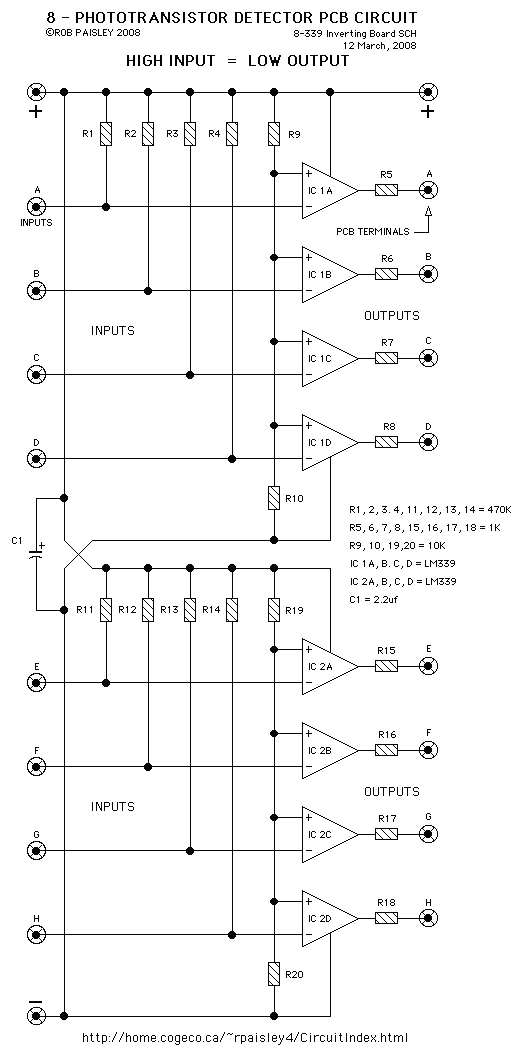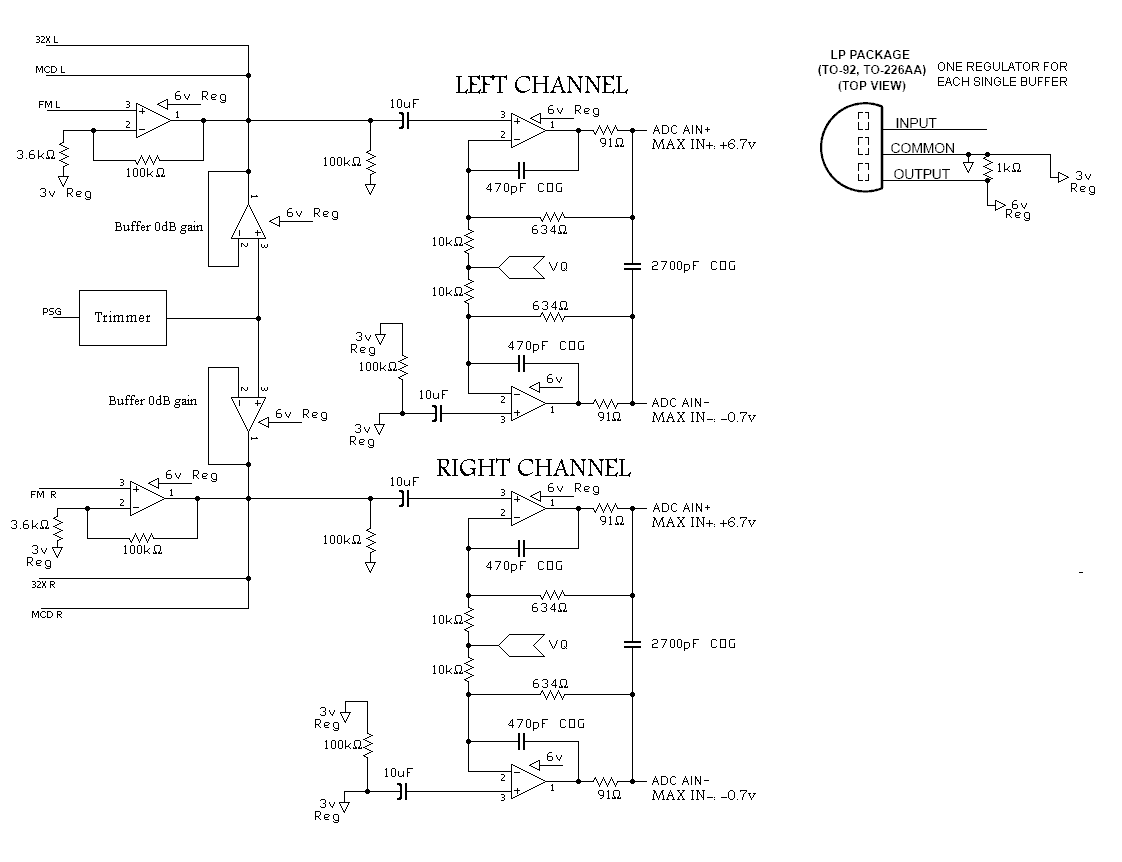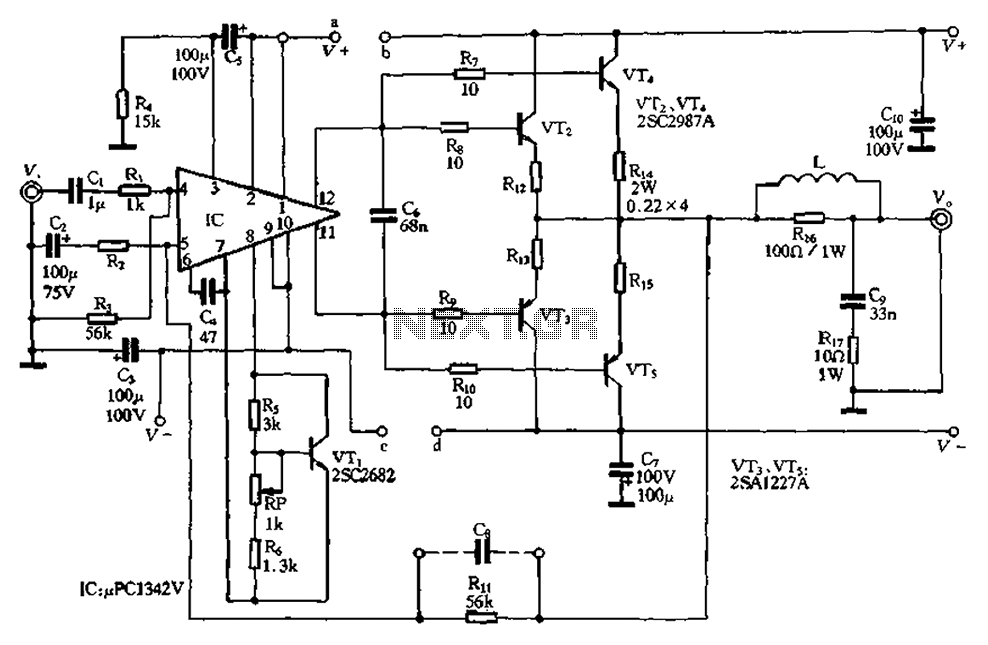
Noisy Pot-like noise in preamp circuit
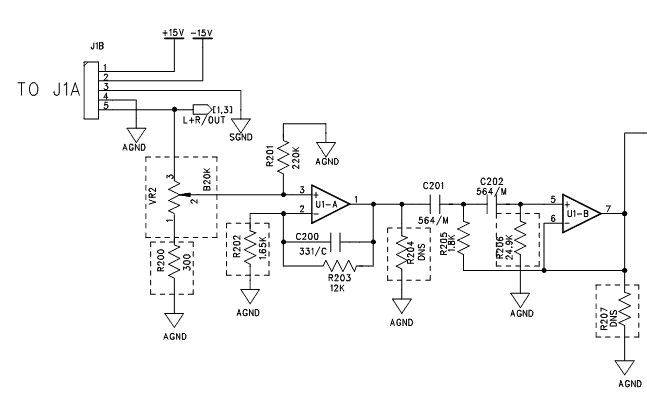
A preamp circuit in a powered subwoofer is producing a static or popping noise, reminiscent of a scratchy or dirty sound.
The preamp circuit in question is crucial for amplifying low-level audio signals before they are sent to the power amplifier stage in a powered subwoofer system. When issues arise, such as static or popping noises, it is important to systematically diagnose the problem.
Potential causes for these noises may include poor connections, faulty components, or interference from external sources. Inspecting the circuit for loose or corroded connections is essential; these can introduce noise into the signal path. Additionally, checking capacitors for signs of wear or leakage is advisable, as degraded capacitors can lead to unwanted noise.
Another consideration is the power supply. Variations in voltage or ground loops can introduce noise into the audio signal. Ensuring that the power supply is stable and that proper grounding techniques are employed can help mitigate these issues.
Furthermore, shielding of the circuit may need to be evaluated. If the preamp circuit is exposed to electromagnetic interference from nearby devices, it may pick up unwanted noise. Implementing proper shielding techniques or relocating the circuit away from interference sources can improve performance.
Finally, testing the circuit with an oscilloscope can help visualize the noise and identify its source. By analyzing the waveform, it is possible to determine whether the noise is occurring at the input stage or if it is being introduced later in the signal chain.
In summary, addressing static or popping noises in a preamp circuit requires a thorough examination of connections, components, power supply stability, grounding, shielding, and signal analysis.Hi there, I have a preamp circuit that is part of a powered subwoofer that is making a static/popping noise. It sounds similar to the scratchy, dirty.. 🔗 External reference
The preamp circuit in question is crucial for amplifying low-level audio signals before they are sent to the power amplifier stage in a powered subwoofer system. When issues arise, such as static or popping noises, it is important to systematically diagnose the problem.
Potential causes for these noises may include poor connections, faulty components, or interference from external sources. Inspecting the circuit for loose or corroded connections is essential; these can introduce noise into the signal path. Additionally, checking capacitors for signs of wear or leakage is advisable, as degraded capacitors can lead to unwanted noise.
Another consideration is the power supply. Variations in voltage or ground loops can introduce noise into the audio signal. Ensuring that the power supply is stable and that proper grounding techniques are employed can help mitigate these issues.
Furthermore, shielding of the circuit may need to be evaluated. If the preamp circuit is exposed to electromagnetic interference from nearby devices, it may pick up unwanted noise. Implementing proper shielding techniques or relocating the circuit away from interference sources can improve performance.
Finally, testing the circuit with an oscilloscope can help visualize the noise and identify its source. By analyzing the waveform, it is possible to determine whether the noise is occurring at the input stage or if it is being introduced later in the signal chain.
In summary, addressing static or popping noises in a preamp circuit requires a thorough examination of connections, components, power supply stability, grounding, shielding, and signal analysis.Hi there, I have a preamp circuit that is part of a powered subwoofer that is making a static/popping noise. It sounds similar to the scratchy, dirty.. 🔗 External reference
